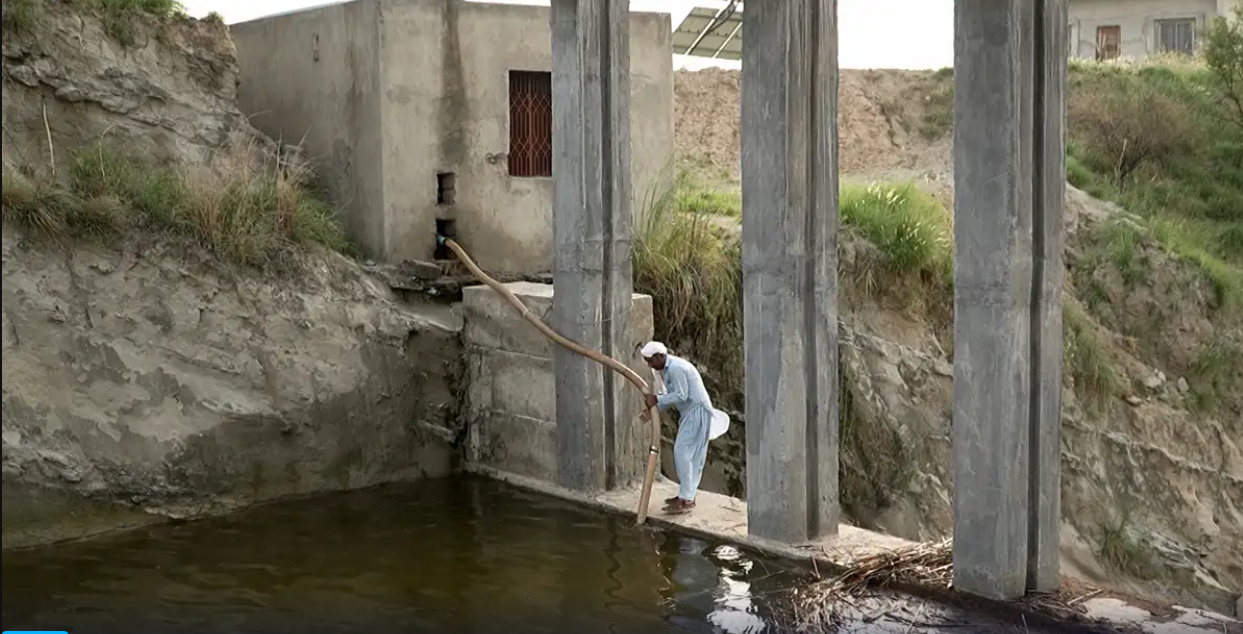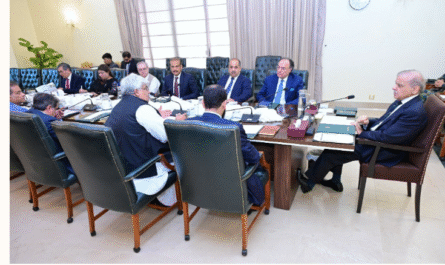It looks like the most notable piece under the title “The Man Who Tamed the River: Pakistan’s Self‑Made Dam Builder” is a feature by Deutsche Welle (DW) profiling Chaudhry Muhammad Irfan, a farmer in Bukhari Kalan, Punjab, Pakistan. Rather than a traditional blog post, it’s a video story about his remarkable feat: constructing a rainwater‑harvesting dam entirely by his own means to provide year‑round irrigation and recharge underground aquifers .
🛠️ Key Highlights from the DW Story
- Self-funded, community-run dam: Irfan built and maintains the structure himself—without government support—and runs it year-round to supply water for farming and livestock .
- Environmental impact: The dam not only stores monsoon runoff but also helps recharge aquifers in the region, countering groundwater depletion that has reached concerning levels in Punjab .
- Economic transformation: His initiative has uplifted land values, enabled off-season crop cultivation, and even supported small-scale fish farming and grazing throughout the year .
📝 Blog-Style Summary
Here’s a polished, blog‑style recounting of the story inspired by the DW feature:
The Man Who Tamed the River: A Farmer’s Vision
In the drought‑prone hills of Bukhari Kalan, daily life once hinged on erratic rainfall—until one determined farmer changed the narrative. Chaudhry Muhammad Irfan, a local villager in south‑eastern Punjab, refused to wait on the unreliable monsoon. Instead, he took action—raising funds and lending his own labor to build a small dam on a natural hillside gullied by seasonal rainwater.
Irfan’s dam, entirely self‑built and maintained at his expense, now serves multiple roles:
- Resilient irrigation: The structure stores rainwater and releases it through the dry months, enabling year‑round cultivation.
- Aquifer recharge: Beyond surface storage, it filters runoff into underground water tables—counteracting the alarming groundwater drop of nearly 80 cm in parts of Punjab .
- Livelihood shift: What was once parched land now thrives with vegetable gardens, cattle grazing, and occasional fish ponds. Land values are rising, and families are benefitting directly.
This quiet revolution illustrates the power of grassroots innovation—where community collaboration, modest infrastructure, and a vision for sustainable water security converge.



